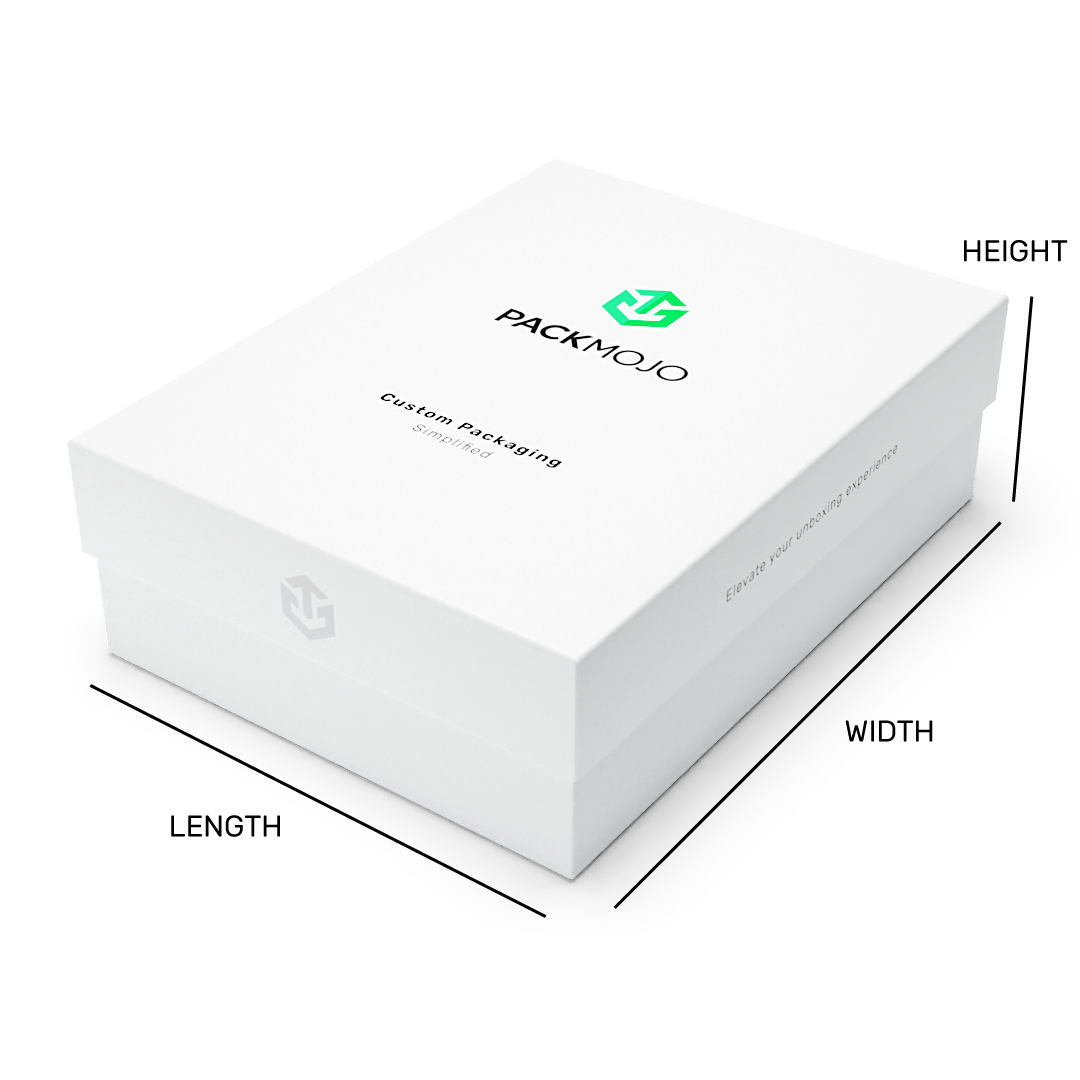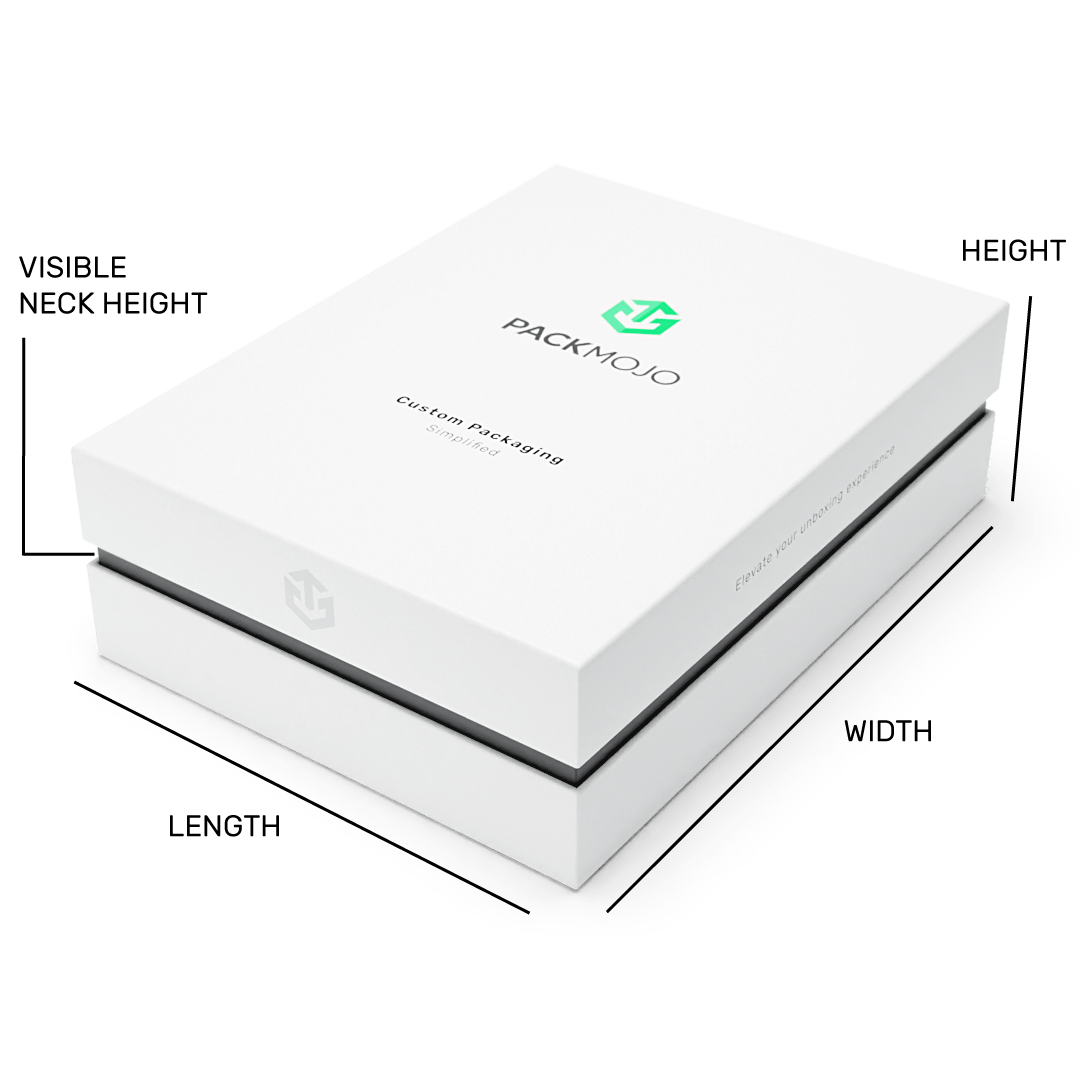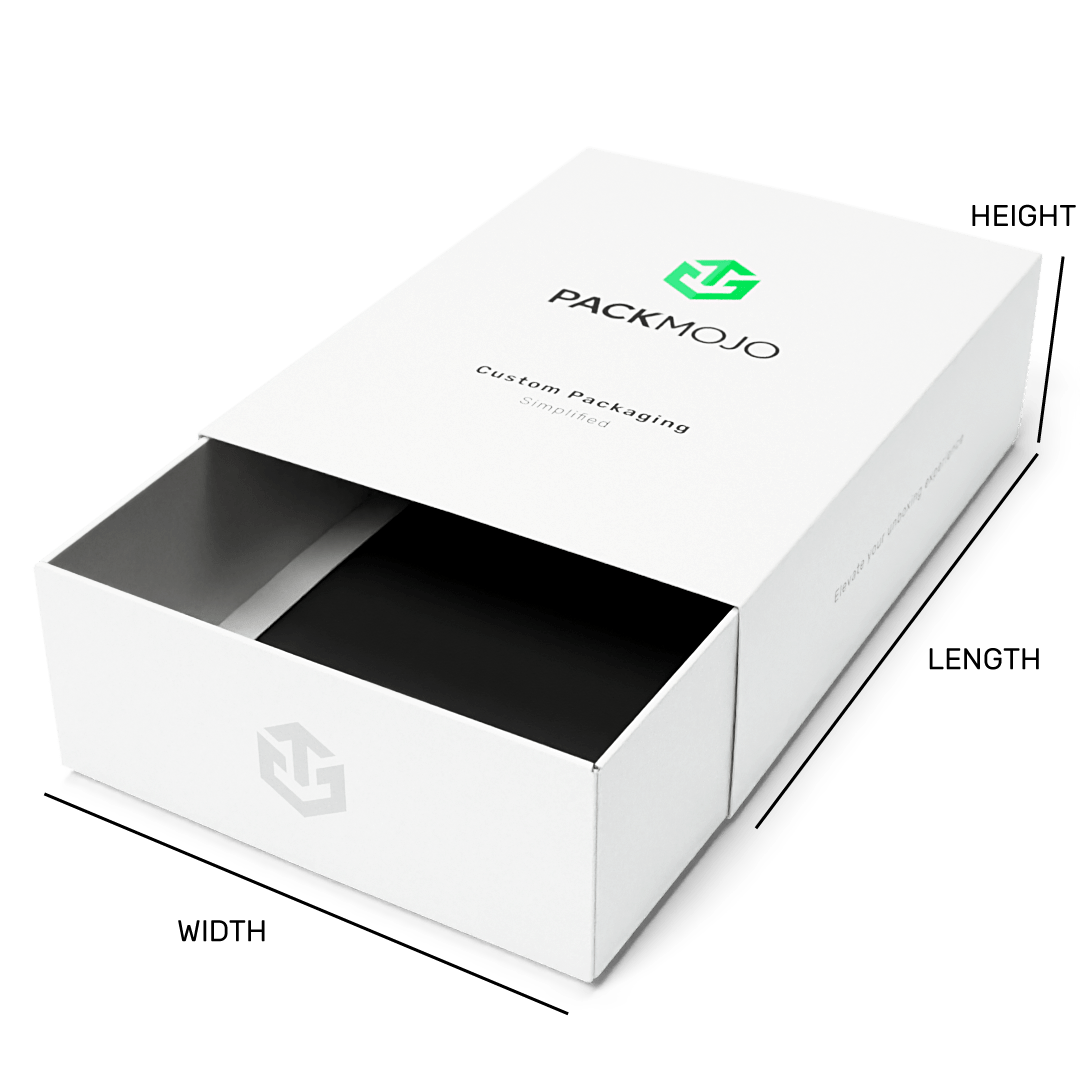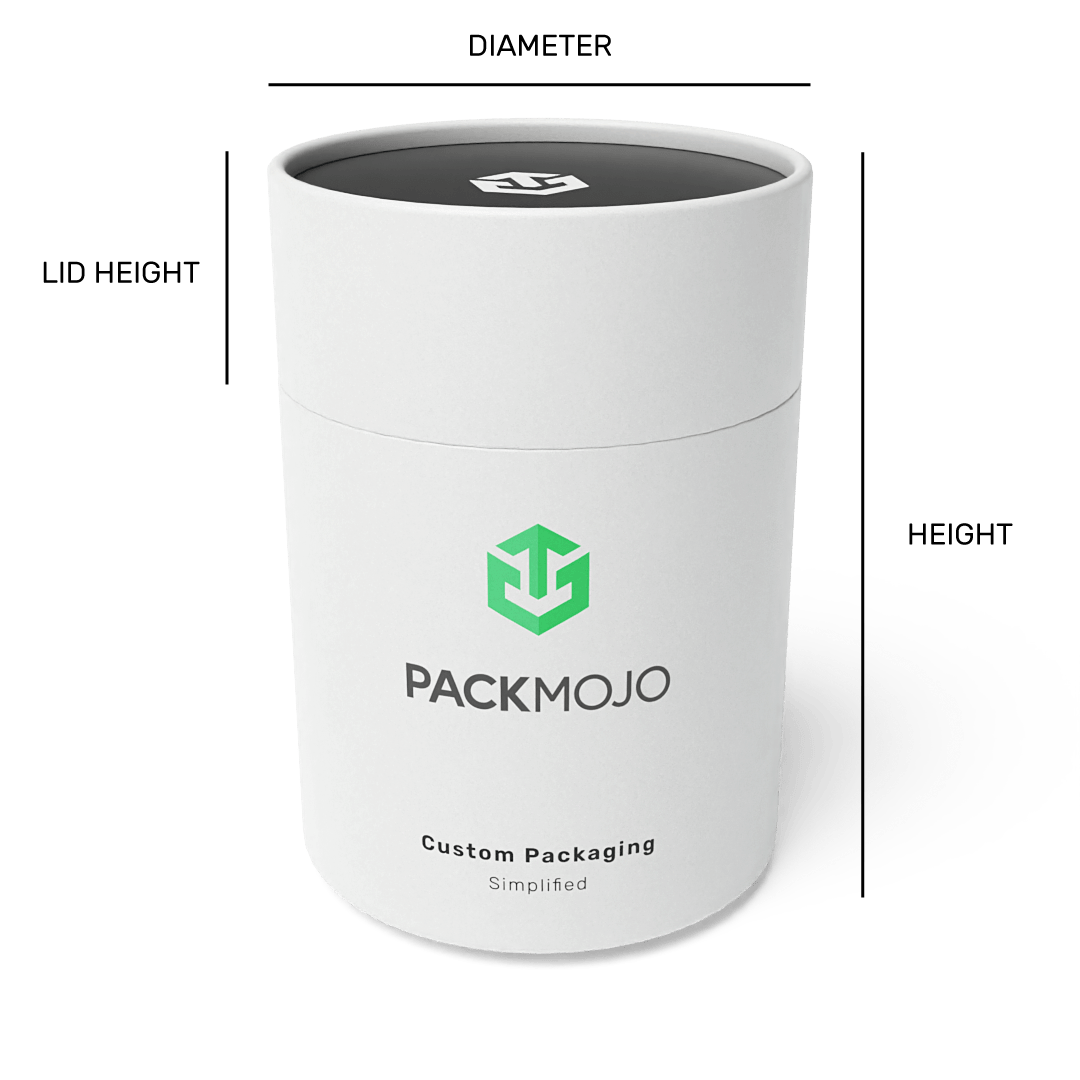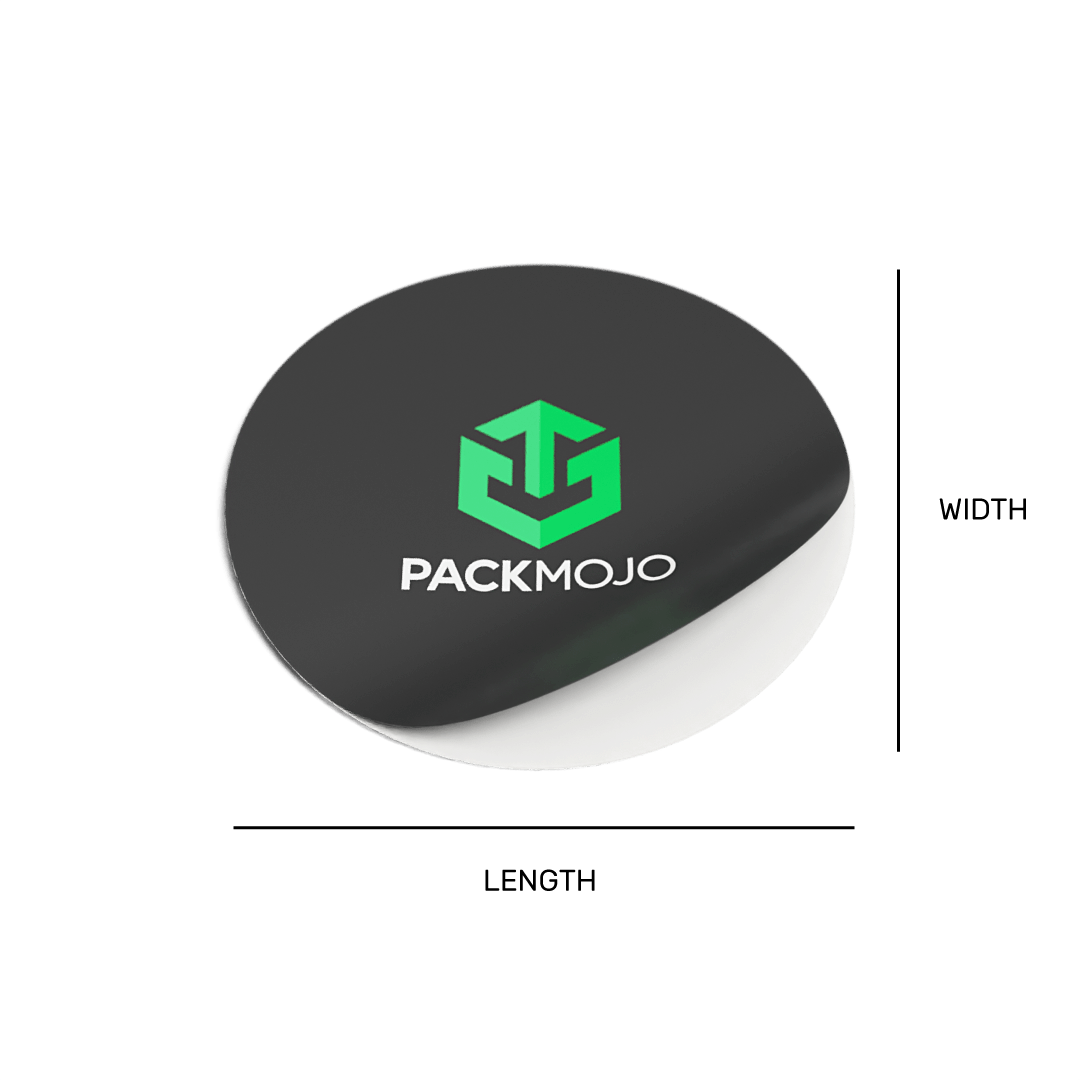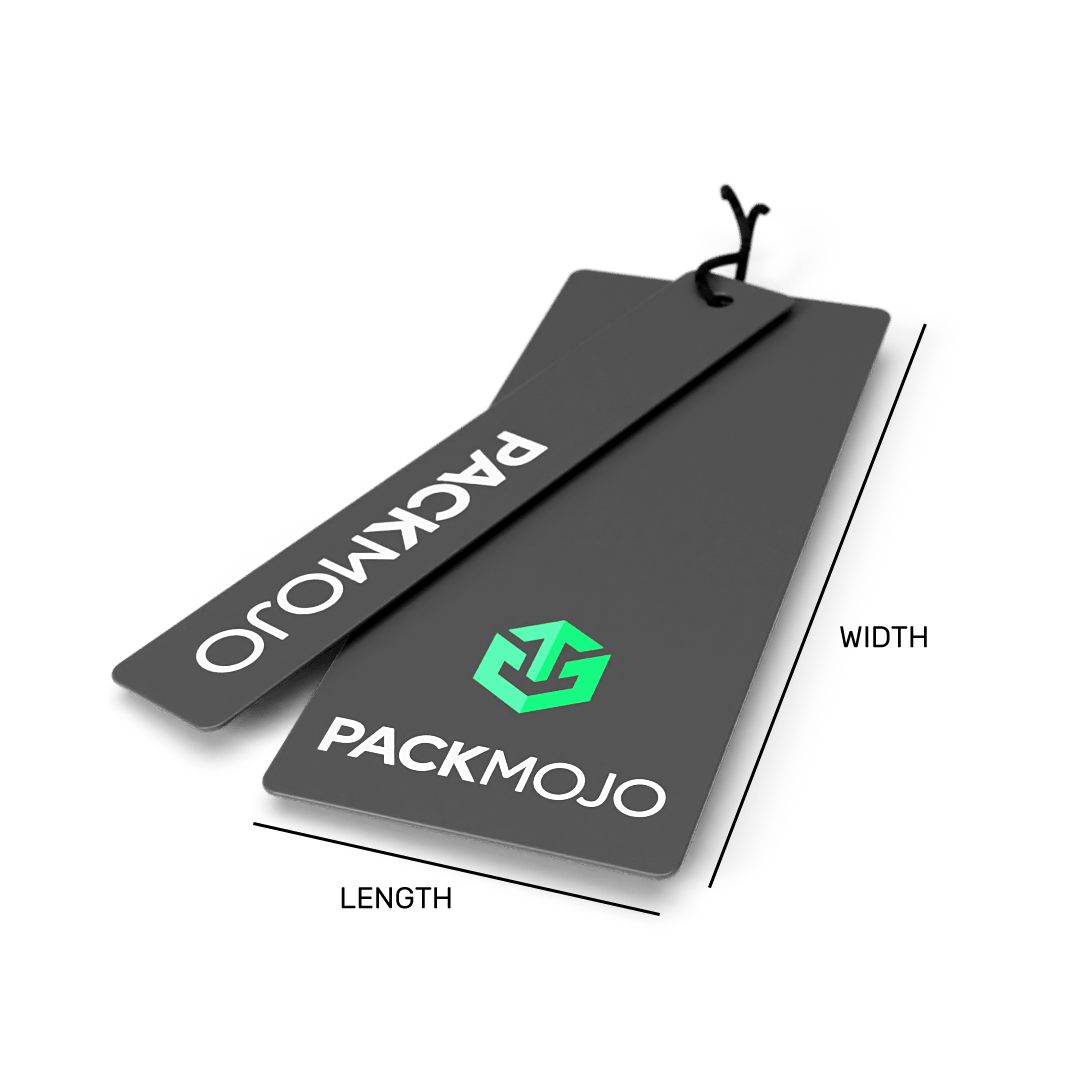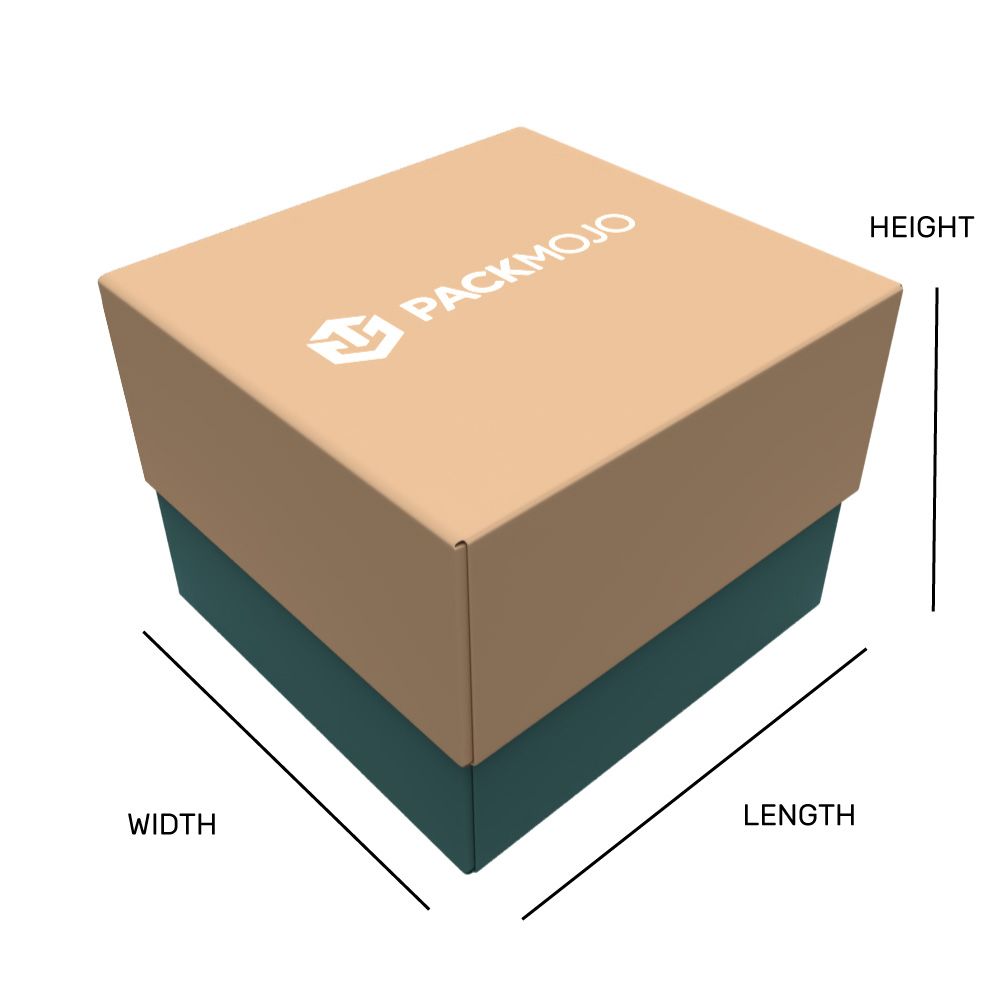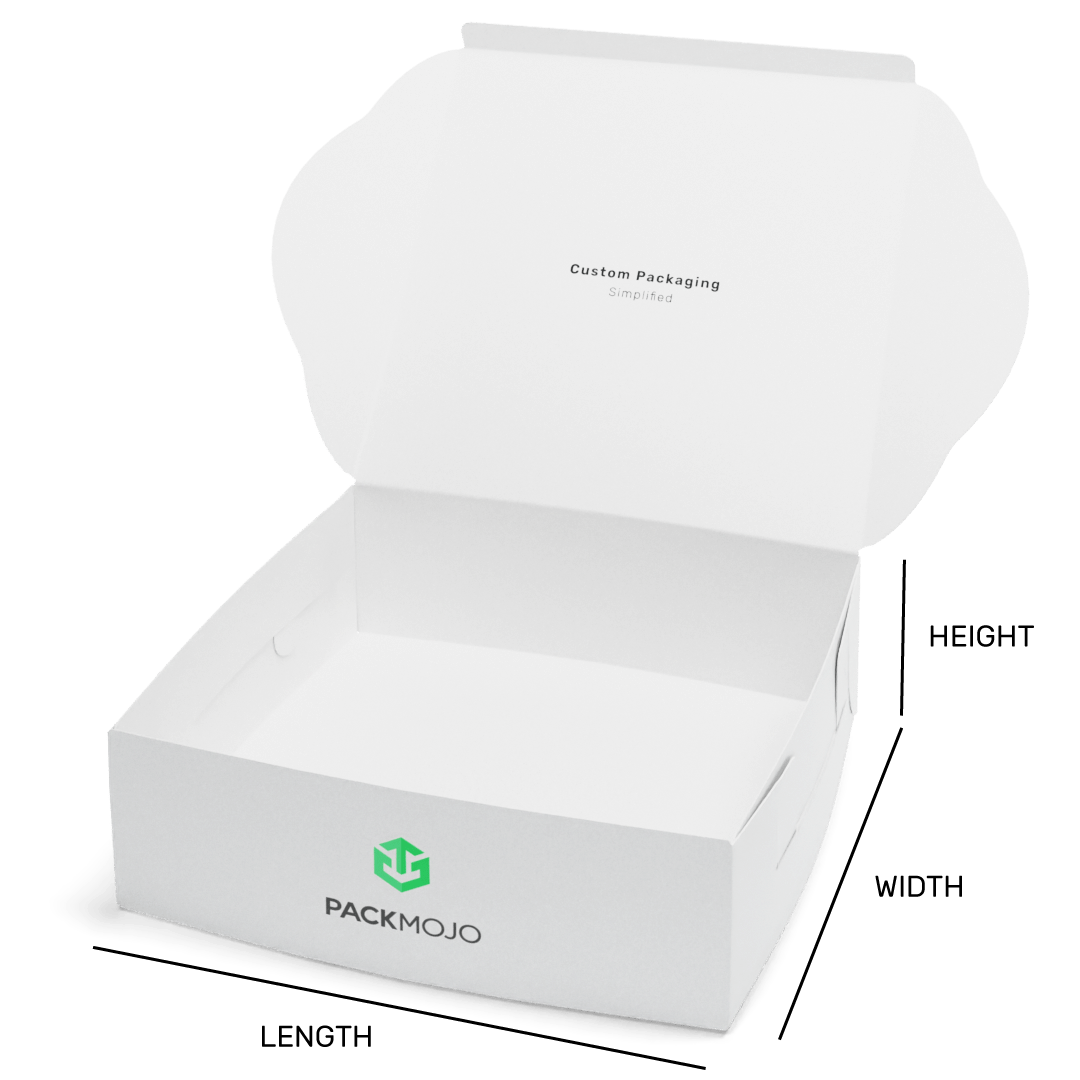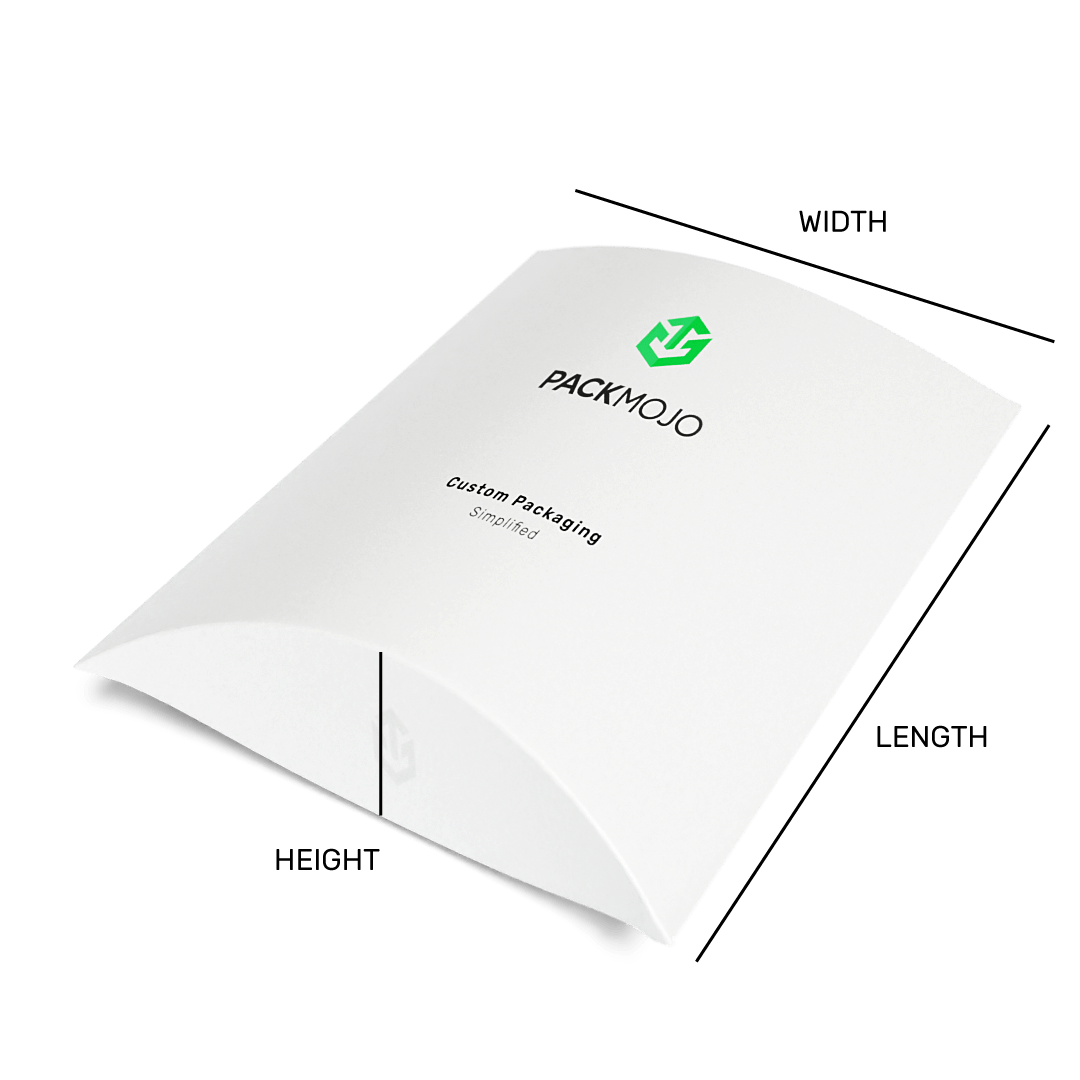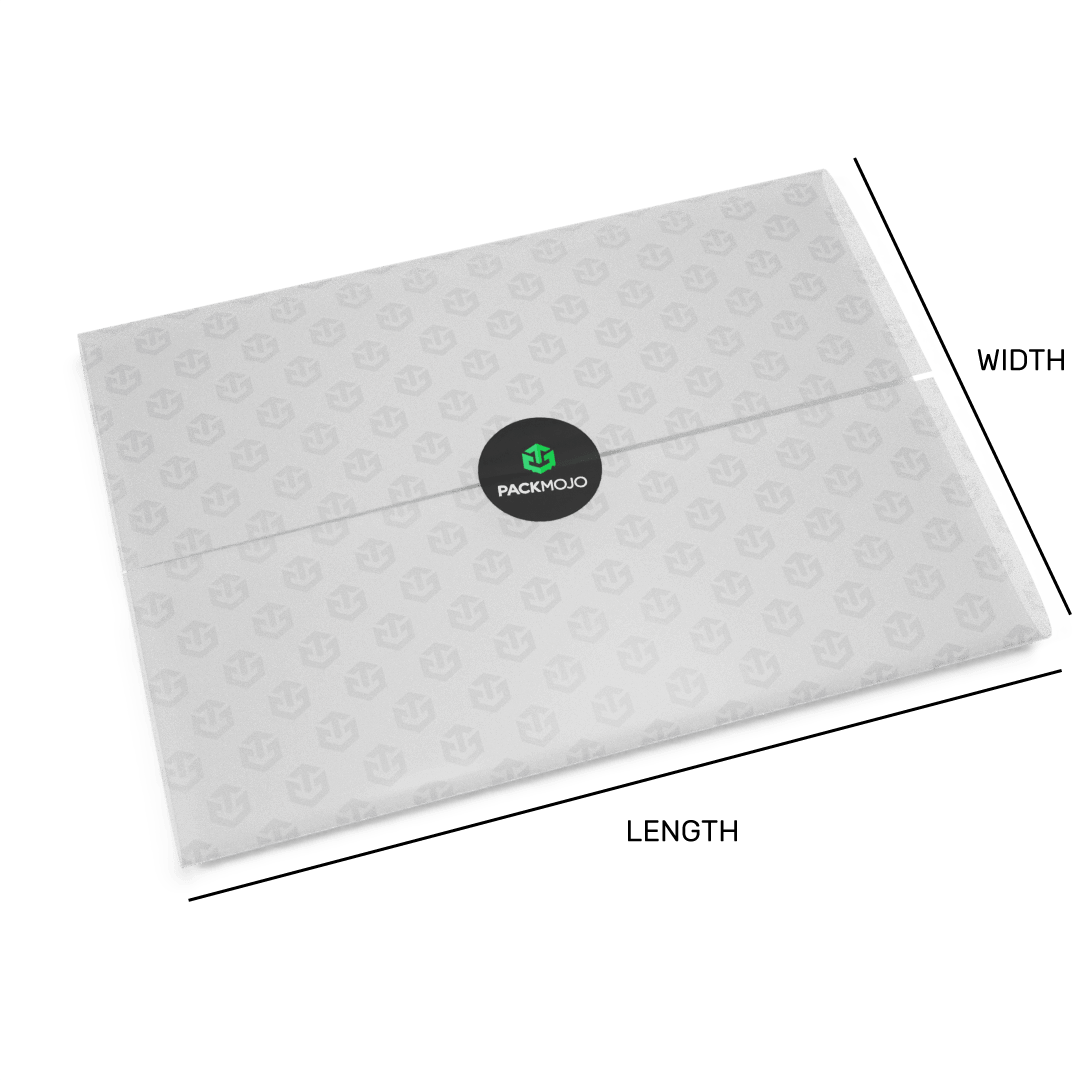All box dimensions are written as length x width x height. For example, 14" x 11" x 4" means 14" (L) x 11" (W) x 4" (H)". When customizing your packaging on our platform, you can specify whether the dimensions are inner or outer box dimensions.
How to Measure Box & Packaging Dimensions
Box dimensions include length, width, height, and depth, which can technically mean something different to everyone. In order to ensure we know exactly which sides of your packaging these terms refer to, we've created these dimension guidelines for easy reference and communication.
Packaging Measurement Guides
How to Accurately Measure Box Dimensions
Step-by-Step Walkthrough
Whether you're preparing for a move, shipping products, or simply trying to organize storage, knowing how to measure a box's dimensions accurately is an essential skill. With the right tools and approach, you can quickly get precise measurements that will help you in selecting the right box size for your needs or calculating shipping costs. In this guide, we'll walk you through the simple steps to measure the length, width, and height of any box.
What You'll Need
Before we dive into the steps, make sure you have one of the following tools on hand:
- A ruler (for small boxes)
- A tape measure (ideal for most boxes)
- A yardstick (useful for larger boxes)
Choose a tool that best fits the box size you are measuring to ensure accuracy and ease of use.
Step 1: Measure the Length
Identify the longest side of the box to begin. This will be considered the length of the box. Place your measuring tool so that it spans from the leftmost edge to the rightmost edge of the box. Ensure that the tool is aligned straight across, not at an angle, to avoid inaccuracies. The measurement you get is the box's length. Remember, precision is key, so take your time to ensure the tool is properly aligned.
Step 2: Measure the Width
Next, you'll measure the width of the box, which is the side adjacent to the length. Again, ensure your measuring tool is placed straight across from one edge to the other. This measurement is the box's width, typically considered the shorter side. As with the length, make sure the tool is perfectly horizontal for an accurate measurement.
Step 3: Measure the Height (Depth)
The height, or depth, of the box is measured from the top down to the base. If the box is closed, you'll measure the outside. If it's open, you can also opt to measure from the inside, going from the top edge down to the bottom. Ensure that your measuring tool is perpendicular to the base of the box to avoid slanting, which could result in an incorrect measurement.
Tips for Accurate Measurements
Consistency is key: Use the same unit of measurement (inches, centimeters, etc.) for all dimensions to ensure consistency, especially important for shipping or fitting purposes. The standard notation for box dimensions is Length x Width x Height (L x W x H). Accuracy matters: Especially with larger or irregularly shaped boxes, measure twice to confirm your measurements.
Account for irregular shapes: If the box is not perfectly rectangular or square, measure at the box's widest or tallest points to account for any bulges or irregularities.
Measuring box dimensions is a simple process that can save you time and hassle in many situations. Whether you're packing for a move, shipping items, or organizing your space, accurate measurements are crucial. With this guide, you'll have no trouble getting the precise dimensions of any box, ensuring that your packing and shipping processes go smoothly.
How To Pick The Right Box Size
Choosing the right box size starts with what you're packaging. You want a box that fits your product snugly without too much extra space (which can lead to damage) or too tight a fit (which can cause stress on your product).
Begin by measuring the dimensions of your product. For multiple items, arrange them as they will sit in the box and measure the arrangement. The amount of extra space you need depends on what else (if anything) will go inside the box — brochures, padding, or just the product itself.
For a snug fit: Add 2–3mm between the product and the inner dimensions of the box. For easier unpacking, it can help to leave a little extra space in height. You will also need to include a little more space if you plan on adding cards or pamphlets in the box.
For extra padding: If you plan on using protective materials like tissue paper or bubble wrap, consider adding 1–2cm of space around the product to allow for sufficient space.
For multiple items: Allow a little space between products to prevent friction or breakage. A 1-2 mm space between each item is usually enough.
Remember: a well-sized box doesn't just protect your product — it also reduces shipping costs, improves the unboxing experience, and cuts down on waste. We'd suggest ordering a structural sample to test the size and fit before continuing with a production order.
Need help choosing the right dimensions? Reach out to our team and we'll help you find your perfect fit!


